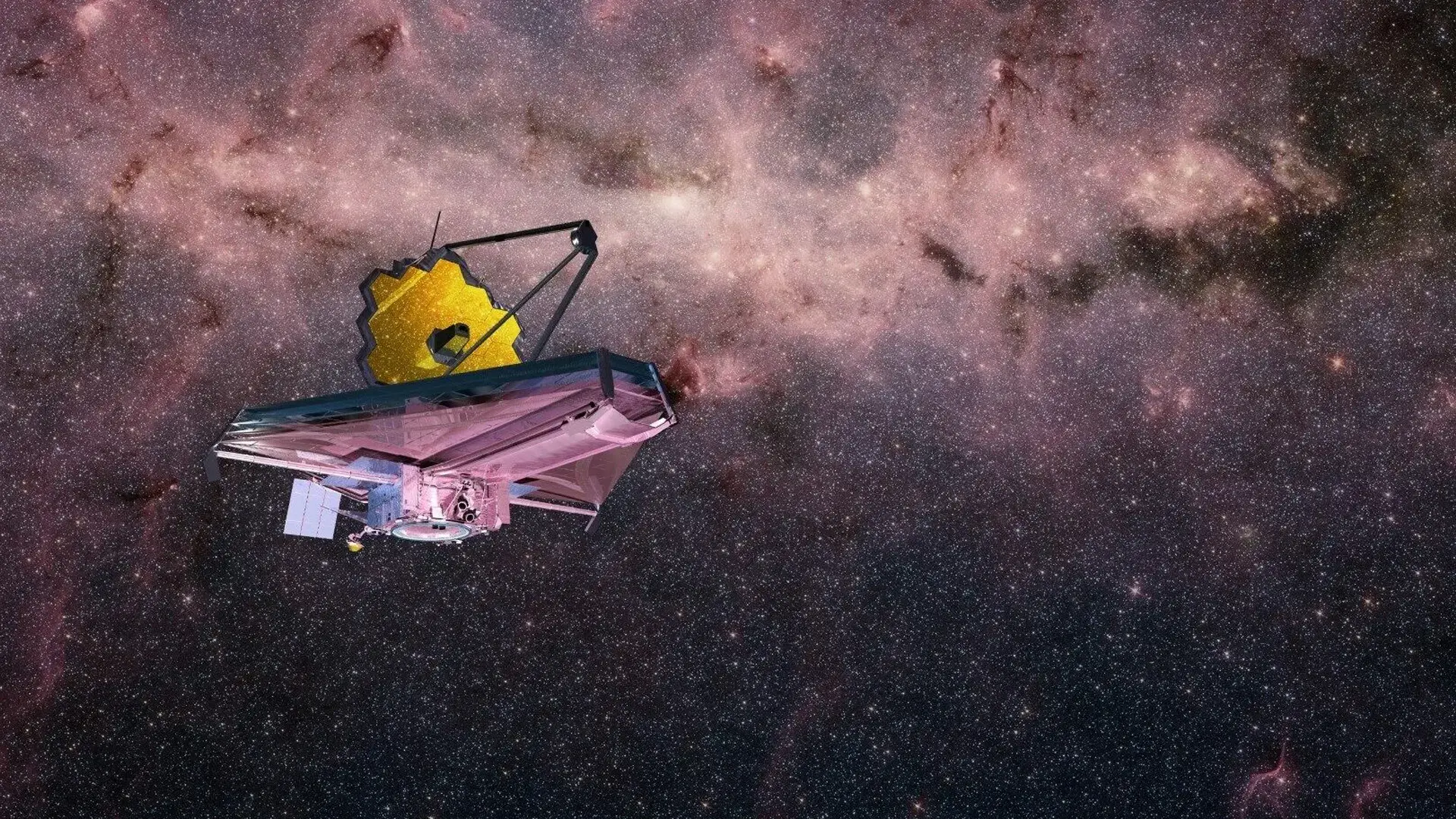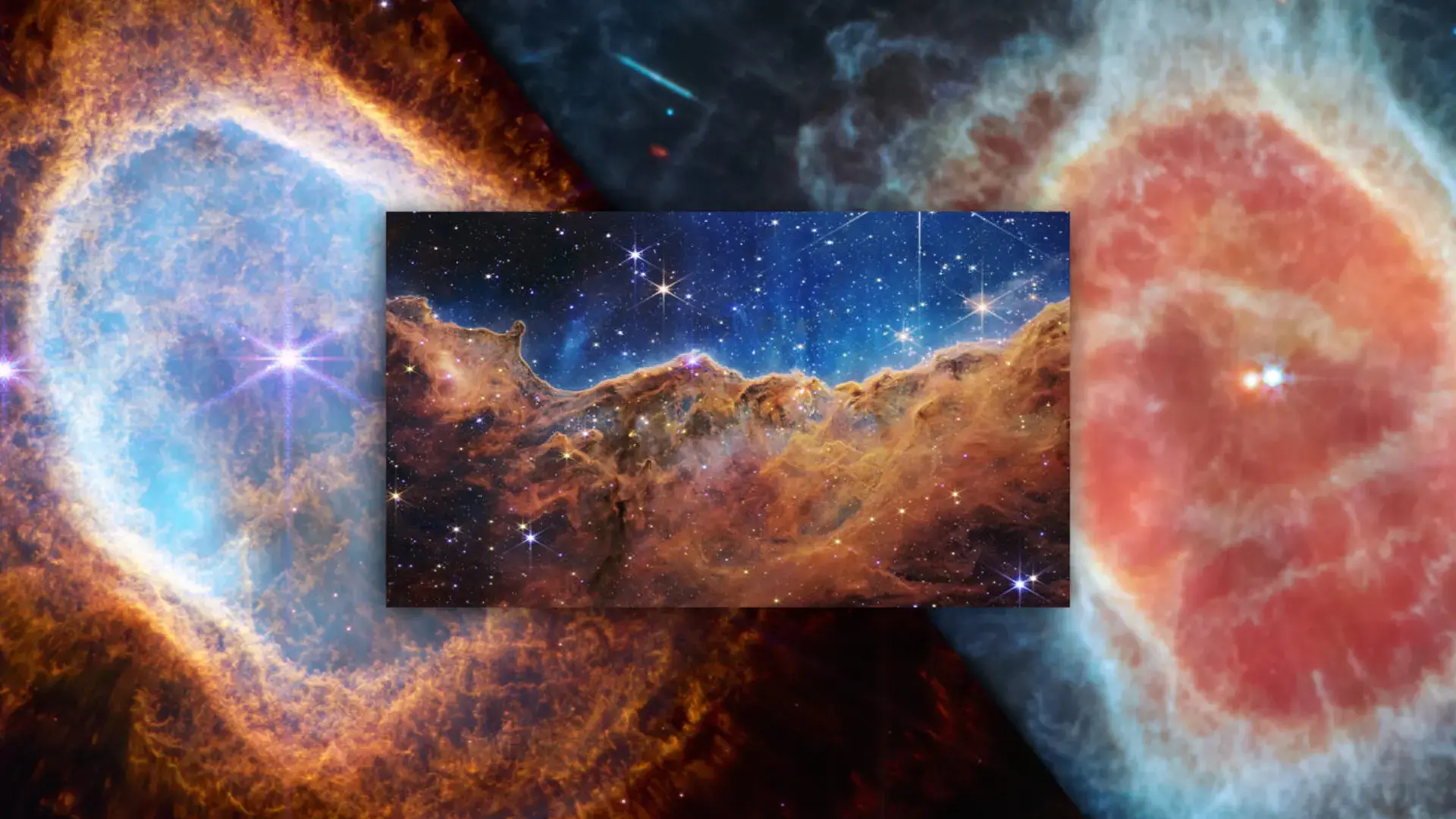This article was originally authored by Dr. Hugh Ross and is republished here with permission from Reasons to Believe , a ministry dedicated to integrating science and faith. All rights reserved by the original publisher. To explore more resources, visit their website Reasons to Believe.
Nearly 25 years ago, I wrote in a former RTB publication that “Big bang cosmology is an explosive topic.”[1] It has led to heated reactions over the years from groups opposed to one another. However, the reasons for expressed rejection of big bang cosmology are not scientific. They are religious. Thus, it seems that establishing a biblical basis for the big bang may help turn down the heat.
What Is the Big Bang?
There are many big bang models for the universe. What these models share in common is that:
- the universe has a beginning;
- the laws of physics have not changed over the history of the universe;
- the universe began as an infinitely or near infinitely small volume, and infinitely or near infinitely hot;
- the universe began in a low entropy state and the entropy has been steadily increasing;
- the universe has been expanding and, therefore, cooling since the cosmic creation event;
- the universe has been expanding for approximately 14 billion years;
- the universe began with only one element, namely hydrogen, and no stars;
- during the first few minutes after the cosmic creation event about a quarter of the universe’s primordial hydrogen was fused into helium and a trace amount of lithium; and
- stars have manufactured all the elements heavier than lithium.
The label “big bang” was coined by Sir Fred Hoyle, a British astronomer who was a lifelong opponent of the big bang model. Hoyle’s label resulted in confusion about the model because people presumed that “big bang” implied that the entire universe was undergoing a chaotic explosion. Instead, a core feature of the big bang model is that every component of the universe is experiencing the identical rate of cosmic expansion.
The expansion of the universe is not chaotic; it is extraordinarily fine-tuned. Decades ago, Robert Dicke calculated that for physical life to be possible in the universe, the cosmic expansion rate must be fine-tuned to within one part in 1055!
Why the Expansion Rate Matters
If the universe expands too rapidly from the cosmic beginning, stars and planets will never form. If it expands too slowly, the universe will collapse before stars and planets capable of sustaining life can form. The expansion rate must be exquisitely fine-tuned throughout cosmic history for life-supporting worlds to exist.
Brief History of Big Bang Evidence
In 1914, Vesto Slipher reported that many galaxies are receding at high velocities.[2] Einstein’s general relativity (1916) implied an expanding universe,[3] refined by Alexander Friedmann (1922).[4] Georges Lemaître (1927) connected galaxy recession to expansion,[5] and Edwin Hubble (1929) published observational evidence for expansion.[6] Since then, the evidential case has grown exponentially.[7]
Today, debate centers on which big bang model best fits the data. Observations strongly favor the ΛCDM model, where dark energy (Λ) and cold dark matter (CDM) dominate.
Common Reasons People Reject the Big Bang
Objections have often been philosophical or theological, not scientific. Some resist a beginning in finite time; others object to the age of the universe (~14 billion years). Still others caution Christians against tying biblical interpretation to any scientific model, arguing that frameworks change.
The Bible and Big Bang Features
As a young astronomy student, I noted Scripture repeatedly affirms three distinct cosmic features:
- A singular beginning of matter, energy, space, and time (e.g., Genesis 1:1; John 1:3; Hebrews 11:3).
- Constancy of the governing laws (e.g., Genesis 1–3; Jeremiah 33:19–26; Romans 8:22).
- A pervasive law of decay (second law of thermodynamics) (e.g., Ecclesiastes 1–3; Romans 8:20–22).
These align with big bang cosmology and stand in tension with alternative historical models (steady state, oscillating, plasma, etc.).
Does the Bible Also Teach Cosmic Expansion?
Multiple passages speak of God “stretching out the heavens.” Hebrew verb forms (e.g., natah in Qal active participle and Qal perfect) suggest both completed and ongoing aspects. Isaiah 40:22 uses two different verbs, reinforcing the image. While some view this as poetic analogy rather than literal cosmology, the language coheres remarkably with the concept of expansion.
“He sits enthroned above the circle of the earth… He stretches out the heavens like a canopy, and spreads them out like a tent to live in.” (Isaiah 40:22)
At minimum, Scripture clearly teaches a beginning, unchanging laws, and universal decay—three pillars consistent with the big bang framework.
Hindsight or Foresight?
Critics claim reading big bang features into Scripture is hindsight. Yet many pre-modern theologians affirmed creation ex nihilo and a temporal beginning (e.g., Irenaeus, Augustine, Maimonides). Notably, Nachmanides described an initial ultra-condensed beginning and subsequent expansion centuries before modern cosmology.
Biblical Cosmology: Implications
Modern discoveries highlight the Bible’s unique predictive power regarding cosmic origins and fine-tuning. If Scripture accurately anticipates features later uncovered by science, that supports its divine inspiration and invites readers to engage its message.
Endnotes
- Hugh Ross, “A Beginner’s—and Expert’s—Guide to the Big Bang: Sifting Facts from Fictions,” Reasons to Believe (2000). ↑
- V. M. Slipher, “Radial Velocity Observations of Spiral Nebulae,” The Observatory (1917). ↑
- A. Einstein, “Die Grundlage der allgemeinen Relativitätstheorie,” Annalen der Physik (1916). ↑
- A. Friedmann, “Über die Krümmung des Raumes,” Zeitschrift für Physik (1922). ↑
- G. Lemaître, “A Homogeneous Universe…,” MNRAS (1931). ↑
- E. Hubble, “A Relation between Distance and Radial Velocity…,” PNAS (1929). ↑
- Hugh Ross, The Creator and the Cosmos, 4th ed. (2018). ↑
Go Deeper

Dr. Hugh Ross
Hugh Ross is the founder and senior scholar of Reasons to Believe, an organization dedicated to communicating the compatibility of science and the Christian faith. While in college, Hugh committed his life to Jesus Christ after his study of cosmology convinced him of the existence of a Creator, specifically the God of the Bible. Hugh holds a degree in physics from the University of British Columbia and a PhD in astronomy from the University of Toronto. After five years on the Caltech faculty, he transitioned to full-time ministry and still serves on the pastoral team at Christ Church Sierra Madre. His writings include journal and magazine articles, hundreds of blogs, and numerous books-Why the Universe Is the Way It Is, Improbable Planet, Designed to the Core, and Rescuing Inerrancy, among others. He has spoken on hundreds of university campuses as well as at conferences and churches around the world and participates in the weekly Stars, Cells, and God podcast.





Leave a comment